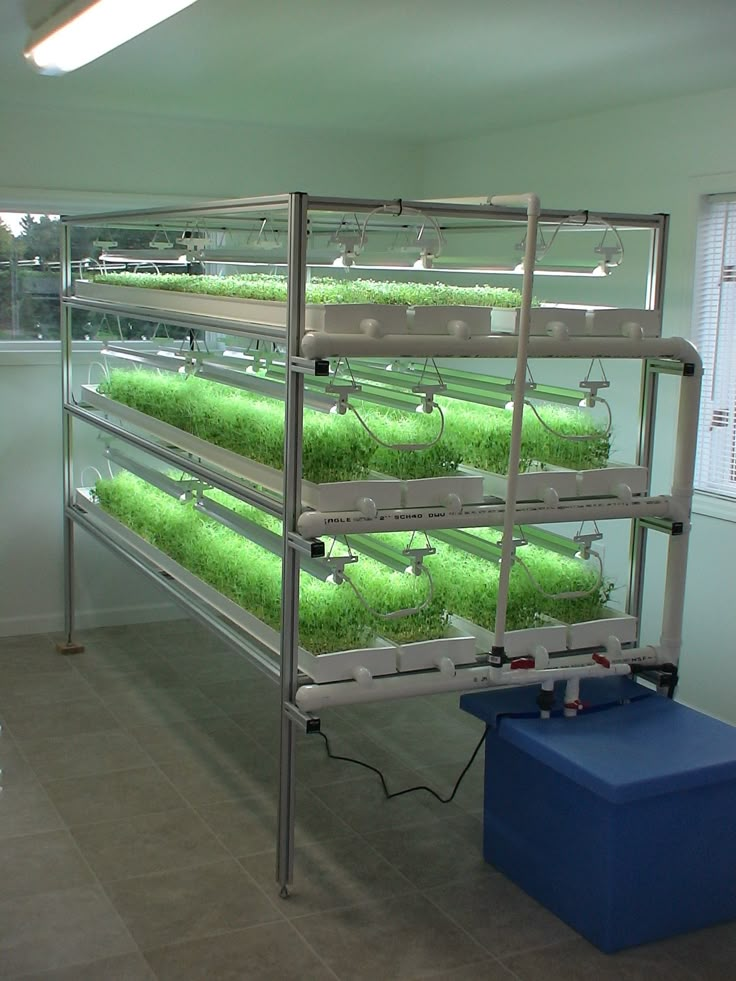The Impact of Nano Filtration in Removing E. coli
Nano filtration (NF) is a cutting-edge water purification technology that has proven highly effective in removing harmful microorganisms, including Escherichia coli (E. coli), from water. E. coli, a common bacteria found in contaminated water, can cause severe gastrointestinal illnesses and other health complications. Traditional filtration methods often struggle to eliminate such microscopic pathogens, but nano […]
The Impact of Nano Filtration in Removing E. coli Read More »




